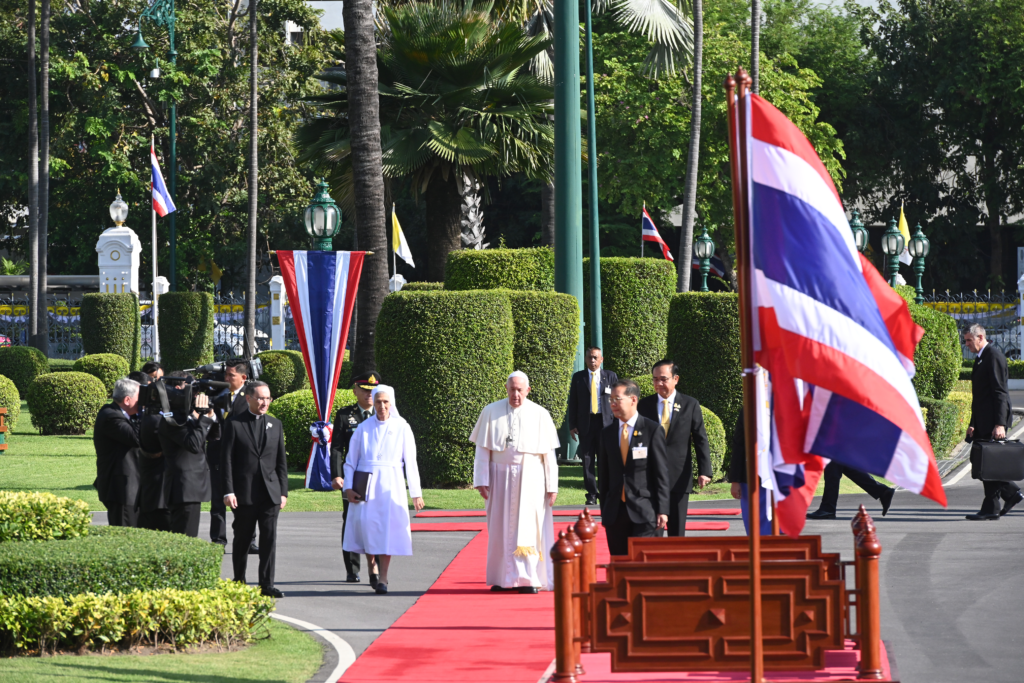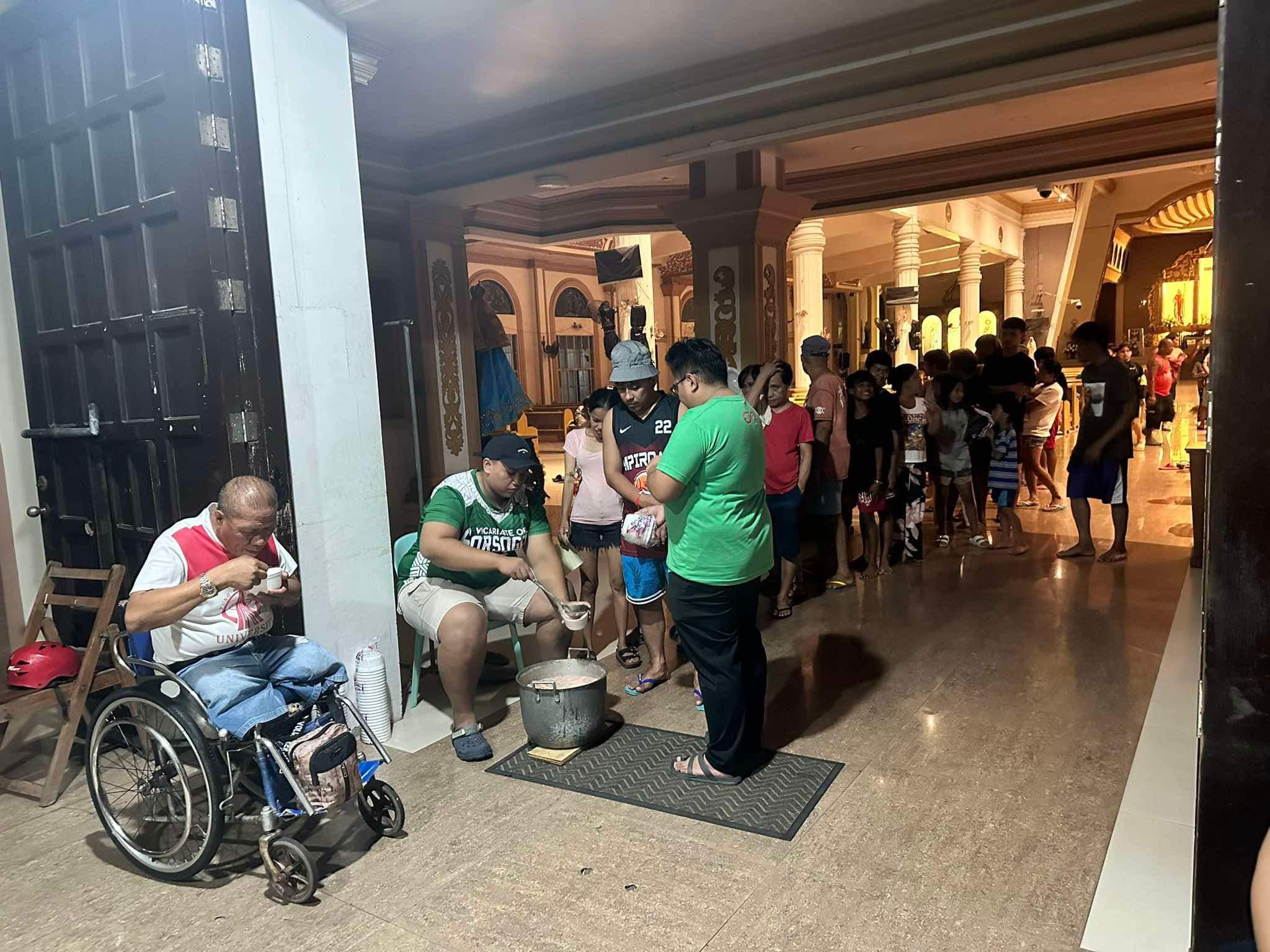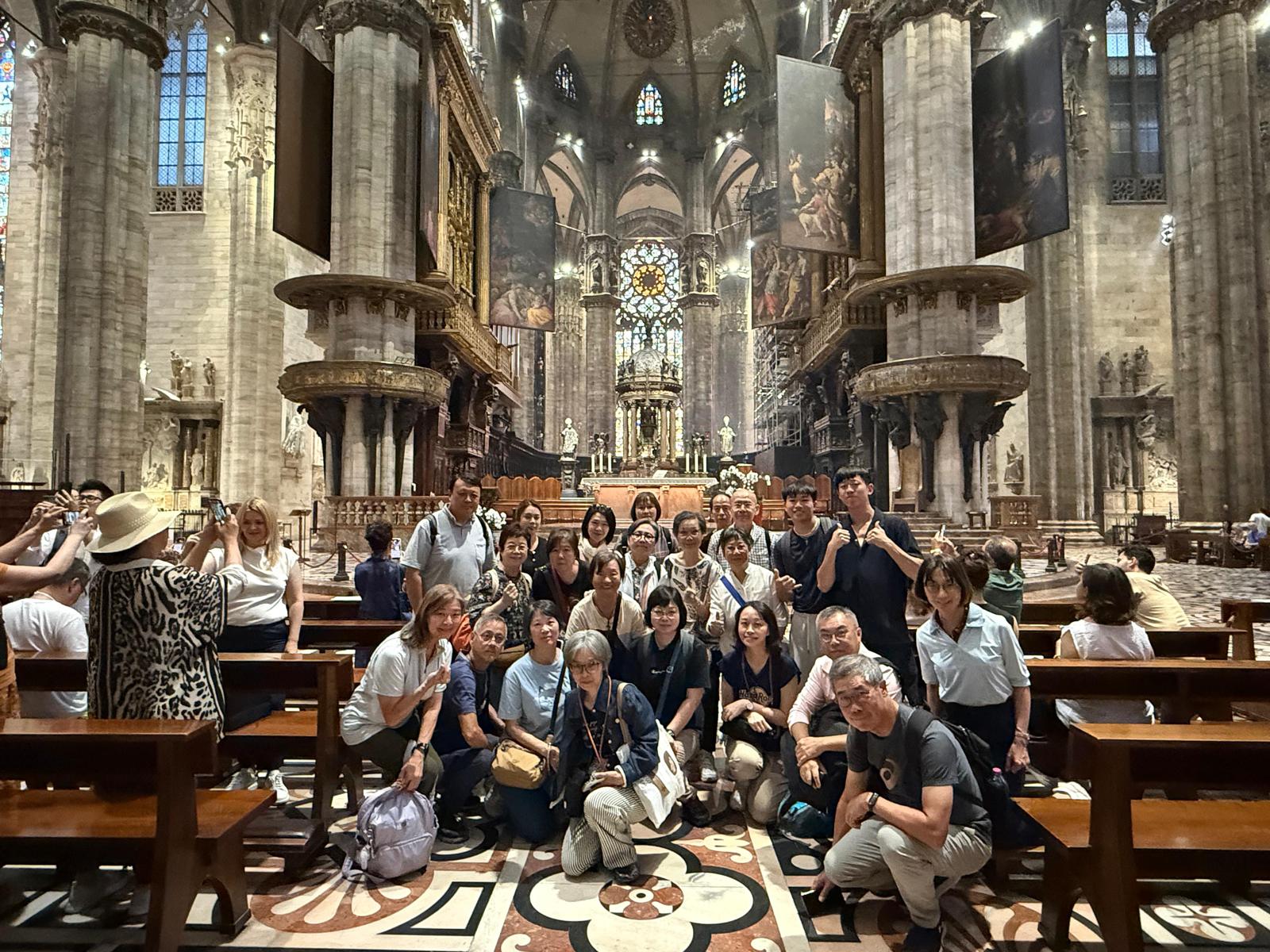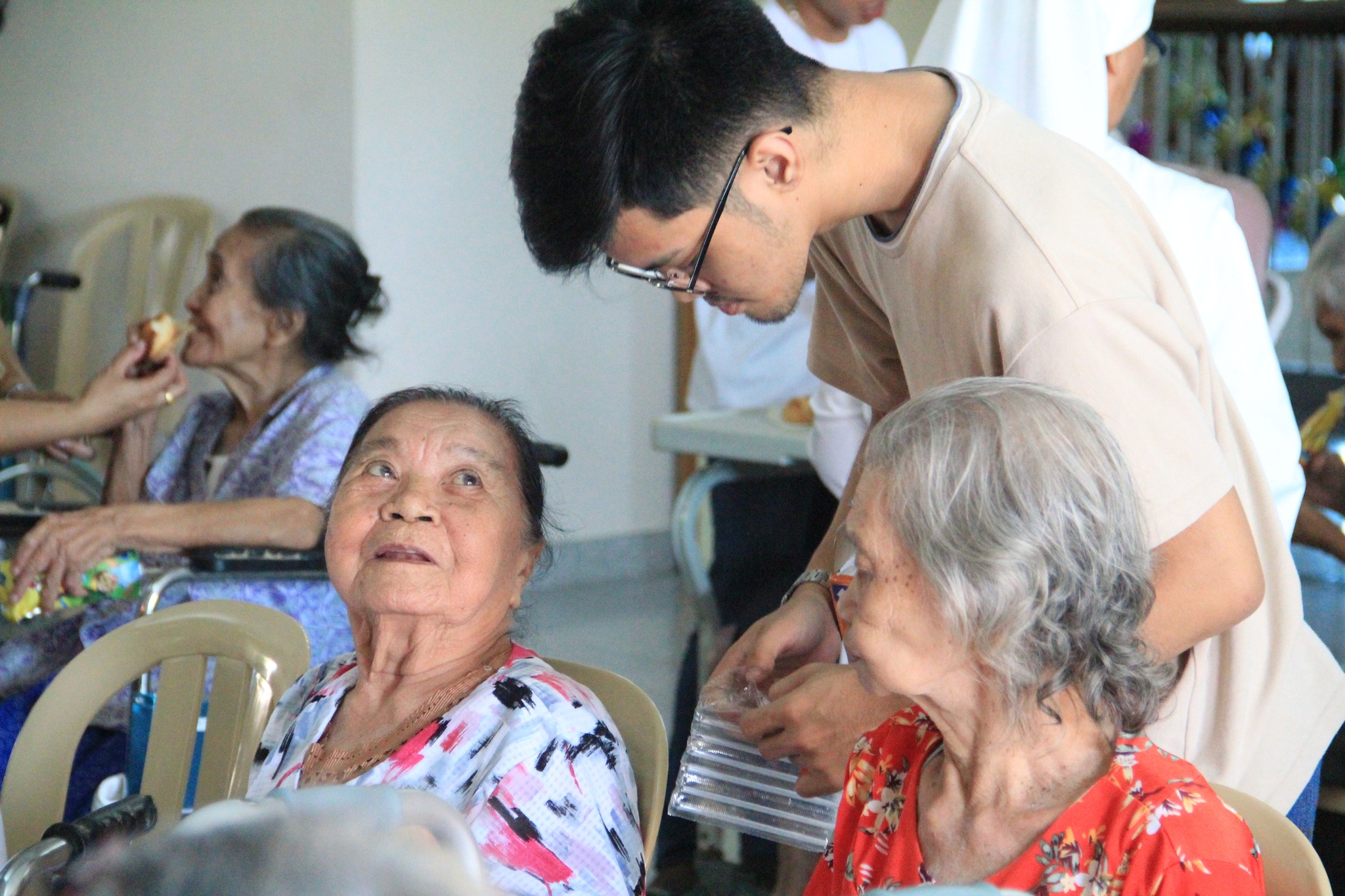Ivan Leong in Bangkok
– Marco Carvalho, in Bangkok
In a predominantly Buddhist country, Catholicism continues to be seen as “the religion of the West” and Catholics feel like second-class citizens, but Pope Francis’ visit to Thailand can help change such a scenery. The Holy Father is the second pontiff to visit the country after John Paul II in 1984. Portuguese historian Miguel Castelo Branco only regrets the inaccuracy of the celebration that brought the Holy Father to Bangkok.
A grand and historical occasion, one which has been eagerly awaited by many in Thailand. This is how Petros Theou Panthong refers to Pope Francis’ visit to Bangkok. The Holy Father arrived in the Thai capital on Wednesday, on a trip to Asia that will also take him to the Japanese cities of Tokyo, Hiroshima and Nagasaki.
On Thursday, the young seminarian rose early to make the two-hour trip that separates Thailand’s largest seminary – the “Lux Mundi” Seminary – and central Bangkok, where Jorge Bergoglio met, in the morning, with Prime Minister Prayut Chan-ocha and late afternoon with the King Maha Vajiralongkorn.
The current holder of Saint Peter’s chair is visiting Asia for the fourth time since his pontificate began in 2013 with the aim of celebrating the 350th anniversary of the official introduction of Catholicism in former Siam, but in Petros Panthong’s opinion, more than celebrating the past, the Pope’s visit helps to project the future: “Thailand’s Catholic community is celebrating 350 years of Christianity in our country, God be praised,” recalls Panthong. “As you know, Thailand is a Buddhist country. Catholics are but a small minority. This visit of the Supreme Pontiff is an invitation and a challenge, so that Catholics look at their own faith with a renewed vigor. Perhaps it can even help some Buddhists to convert to Catholicism,” the young seminarian, born in a rural diocese of Thailand, told O Clarim.
The Holy Father’s visit to Thailand and to Japan is also seen as an opportunity to strengthen the dialogue between different religions in countries where Catholics make up only a small proportion of the population: 0.59 percent of 65 million in Thailand and 0.42 percent of 126 million in Japan.
A predominantly Buddhist country, Thailand is not the most fertile ground to sow the seeds of Christian faith, Portuguese historian Miguel Castelo Branco recalls. For many in Asia’s primary travel destination, Catholicism is little more than a remote testimony to the Western spirituality introduced by Portuguese merchants and mercenaries after they established themselves in Siam’s former capital, Ayutthaya, in the early 16th century: “Buddhists are almost insensitive to the spread of other faiths, namely Islam and Christianity. These two universal religions were able to enter Thailand, but they do not develop proselytism and, if they do, they never achieved significant results,” Miguel Castelo Branco acknowledges. “French priests were not able to achieve any visible conversions over the centuries, so the seminal growth of Catholicism stems almost exclusively of this Luso-descendant family heritage, as well as from the conversion of non-Thai ethnic communities that came to the country in more recent years,” adds the Portuguese historian.
A former researcher at the Instituto do Oriente, the Portuguese school of oriental studies, Miguel Castelo Branco disputes the idea that the Catholic faith was introduced in former Siam only three and a half centuries ago and claims that the Roman Curia is playing along a historical inaccuracy. The researcher says the history of Catholicism in former Siam goes far beyond. The presence of Catholics in Ayutthaya has been historically proven since the mid-16th century: “For reasons of accuracy, we should be celebrating the 450 years of Portuguese missionary activity. When the French priests arrived in Ayutthaya, there was already a Franciscan chapel, the church of Our Lady of the Rosary, the Jesuit College of Saint Paul and a seminary,” Miguel Castelo Branco says. “In my opinion it is very unfair to date the introduction of Catholicism in Siam as a result of the French entering what is now Thailand in the mid-seventeenth century. Before the arrival of the Missions Étrangères de Paris – the French missions arrived there in a moment when there were already Portuguese Jesuits, Benedictines and Franciscans – Siam was under the apostolic jurisdiction of the Portuguese Padroado,” the expert adds.
Oblivious to the historical debate, Paul Pronpol Rakboonyuang believes that the Pope’s visit to Thailand will contribute to the reinforcement both of faith and the Catholic Church, in a country where God’s word, he recalls, is still seen by the overwhelming majority of the population as “a Western religion”: “Catholics are a small minority in this country. At one point they were a persecuted minority. In 1940 a group of seven Catholics were martyred because they refused to give up their faith,” Pronpol Rakboonyuang points out. “Nowadays, there is freedom of religion, but many people still believe that Thais should be Buddhists. They consider Catholicism as the religion of the West. We are not persecuted anymore, but, in a certain sense, we are second-class citizens in our country,” he claims.
A nephew of Monsignor Andrew Vissanu Thanya-anan, the former Thai ambassador to the Vatican that was responsible for coordinating the Holy Father’s visit to Bangkok, Paul Rakboonyuang attended the Mass that Pope John Paul II celebrated in the Thai capital and retains fragile memories of the visit Karol Wojtyla made to Thailand in 1984. For the young man, who attended yesterday’s Mass at Supachalasai Stadium, the current leader of the Catholic Church has the moral grandeur of St. John Paul II: “Pope Francis enjoys a reputation for great righteousness. He does not hide the affection, empathy and compassion that he nurtures for those who suffer, whatever their race or religion might be. The positions it has taken on divorced Catholics or LGBT communities are very respected in Thailand. He is a Pope we are very proud of,”,Paul Pronpol Rakboonyuang asserts.
Both Thai and Japanese – Catholic or not – fervently hope that the Pope will address a different kind of issue in his visit: respect for life, whether by condemning human trafficking in Thailand or by defending the end of the death penalty in Japan.
This “human dimension” is, according to Father Luís Sequeira, one of the most important aspects of Jorge Bergoglio’s visit to Japan and Thailand. The former Superior of the Society of Jesus in Macau believes that the pontiff is well aware of the social reality of both countries and will deliver a message of hope, also in Japan, after having done so in Bangkok: “In Japan, there is a dimension of perfection that falls into perfectionism, but it often forgets the human person, just as in Thailand there is a dimension of charity that goes to the other extreme, that of hedonism, in which the exploitation of humanity is more than apparent. This moral dimension of our humanity, I think, is also implicit in the Pope’s visit to these nations,” Luís Sequeira says.
One of the most relevant moments of the Holy Father’s visit to Japan will happen next Sunday, when the Supreme Pontiff visits the memorial of the so-called 26 martyrs of Japan in Nagasaki.
In addition to the pastoral and political agenda, Pope Francis also has a personal goal to accomplish on his trip to the Far East. In his youth, Jesuit Jorge Bergoglio wanted to be a missionary in Japan. A wish that, if he had not had a lung disease, would have altered the fate of the Pope, who probably would never have reached the leadership of the Catholic Church: “I am convinced that there is also a very personal perspective from the Holy Father on this trip to Japan. You can certainly tell from his formation, his knowledge, his own spirituality as a Jesuit. I would almost say that he carries these elements, crucial for evangelization, in his blood,” fellow Jesuit Luis Sequeira concludes.


 Follow
Follow


